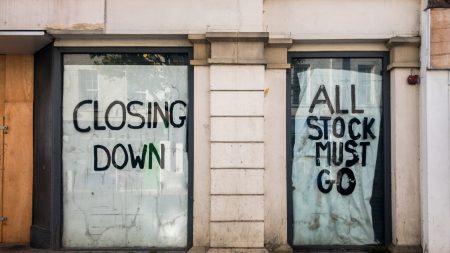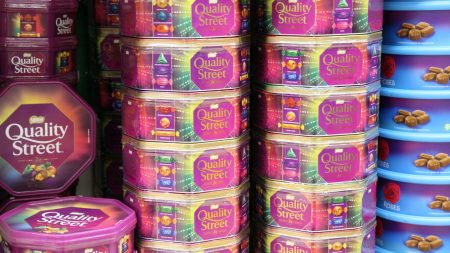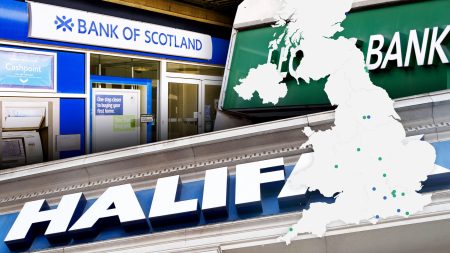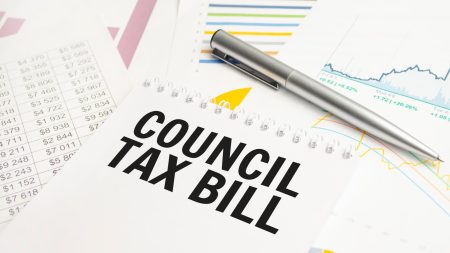Rare Coins: Discover What They Are and Why They Matter
Rare coins, like those featuring famous athletes or the like, are among the most sought-after in the world of coin collecting. These unique pieces, often with rare markings or patterns, often retain their special value longer than regular coins. One such coin is the famous 50p "Lines Over Face Aquatics 50p," which was struck in 2011 and has since become extremely rare. It features intricate patterns that make it almost impossible to find, and its value has climbed significantly. This coin, worth up to £245, has doubled in value, making it a standout example of what rare coins can offer.
The rarity of a coin often stems from two factors: a low mintage, typically set by the Royal Mint as a low number, or the creation of the coin with a manufacturing error. For example, the 50p "Lines Over Face Aquatics 50p" was well-advised because it was struck infrequently and had a design that made it extremely difficult to replicate. Its scarcity indices, revealed by a coin checking website like The Change Checker, indicate an extremely rare status, with a high number of people holding or reviewing it less likely than a regular 50p coin.
Collectors are keen on spotting these special coins. One way to identify rare coins is by observing their design, lines, or features. A coin with intricate patterns, lines, or unique markings is more likely to be rare. Additionally, a coin’s mintage is a key indicator. Fewer 50p coins in circulation make a piece more rare, as this limits the number of possible buyers willing to pay a premium.
The "Lines Over Face Aquatics 50p" is just one example of such rare findings. Other rare coins, like the Direction By Cardiff, have even higher mintage and are extremely sought after. This coinonacci found on eBay for £11.95 on June 18, for example, reflects the rarity of such items. As a result, people often have to sell these collectibles at auctions or in private transactions to secure interest.
The rarity indices and scarcity factors play a significant role in determining the value of a coin. Coins with high scarcity indices, such as theתוש, often fetch high prices. One such rare example, the Kew Gardens 50p, was fetched for £142 on eBay before selling for £895. This highlights the value that rare coins can command. A rare coin that usually sells for £10 might now break even or even double with time, depending on its design and rarity.
Collectors have various ways to sell rare coins. They can approach private sellers who recognize them and usually meet them in person, ensuring authenticity. Online platforms like eBay and Facebook Marketplace are popular choices for authenticity verification. Selling through crypto keys or e-sellers, such as The Royal Mint’s Collectors Service, can also be effective, as these services ensure the authenticity of the coins.
The rarity of a coin can also depend on its manufacturing process. Coins with low mintage were struck infrequently, and errors during production make a piece even rarer. These issues can be traced back to front-runners of the_coin-making industry. For instance, the 2011 production of the Wrestcoming 50p was considered an error coin, and its value has surpassed £10 recently. The rarity indices and error factors are key indicators of a coin’s value significance.
In summary, rare coins offer a unique challenge and potential for financial gain, but they also require attention, patience, and the right tools to find. Whether you’re a seasoned collector or a newer enthusiast, understanding the rarity of a coin and its unique features is essential for making informed decisions.











